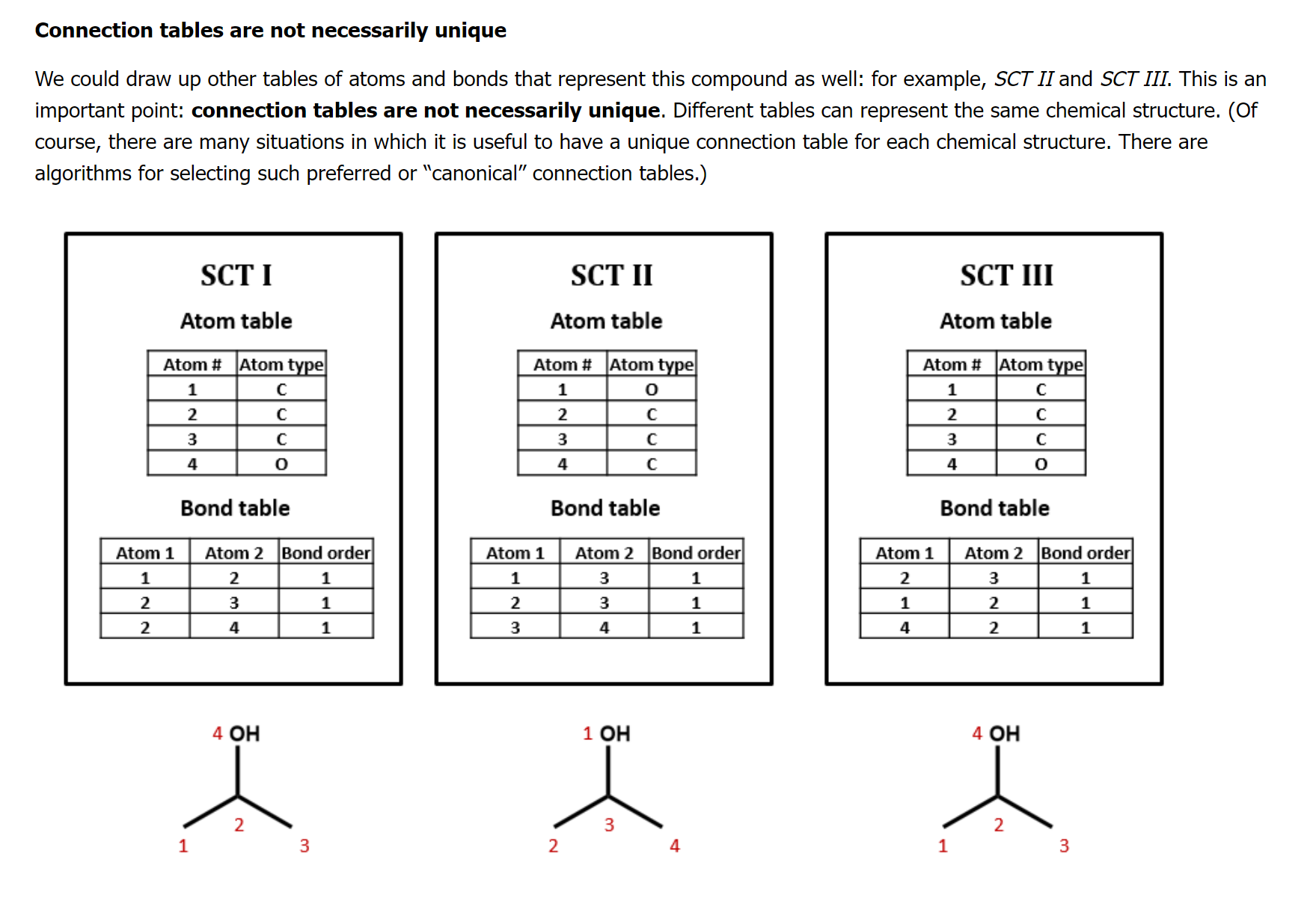2.4: Multimedia
- Page ID
- 192042
This section details how to approach the use of Multimedia within a page, as well as how to approach organizing your course through the use of scaffolding and hypertext.
- Adding images to text is beneficial for learning.
- Multimedia must be complementary, not redundant.
- Think beyond the textbook as far as potential material that could be linked
Wu and Shah’s 5 design principles to guide development
- Provide multiple representations and descriptions
- Making referential connections visible
- Presenting the connection between text and model
- Promoting the transformation between levels of representation (2D to 3D, primary to secondary, or various scales)
- Reducing cognitive load by making information explicit and integrating info for students
When using multimedia, consider the following research-based recommendations (Michas & Berry, 2000):
Adding pictures to text is more beneficial with captions and labels
The benefits of adding pictures to text are well known throughout education literature including the work of Michas and Berry (2000) and Paivio’s (1969) dual coding theory. The dual coding theory hypothesizes that the formation of mental images aides in learning. For example, words gained deeper meaning when connected with pictures/models, therefore aiding in students’ retention and memory. That is to say, we learn information most effectively when we pair images with words.

Demonstration videos are more effective than pictures in explaining procedures
Although videos are more effective in showing how to perform a task, still images are more effective when students are asked to recall step-by-step procedural information on a test.[2]
Multimedia must be complementary, not redundant
In order for multimedia to be effective, both forms of media must compliment the other. In doing this, the two forms of media create a flow through the material that stimulates multiple directions of learning. However, be cautious of repetition in the material, as repetition can confuse the learner.
Students who self-reflect at the end of learning material retain more information
In a study conducted by Chi et al. (1994), researchers found that learners who self-explained what they were learning retained the information better than learners who only read material. In other words, student learning outcomes are improved when students are forced to describe, in their own words, what they have learned in the covered material. Asking students to do this at the end of a lecture or at the end of a chapter may help in retention.
Questions to Ask Yourself
- What assumptions are you making about the understandability of an image or model?
- What level of guidance does your media require?
- Does this require text and also narration? One or the other? Highlights?
- What is understandable without this image?
- What implications for accessibility are required to be considered for these images?


